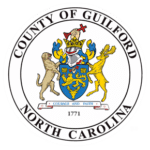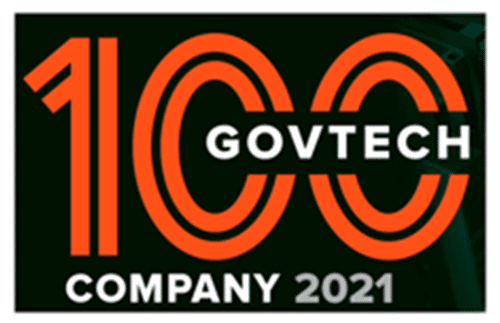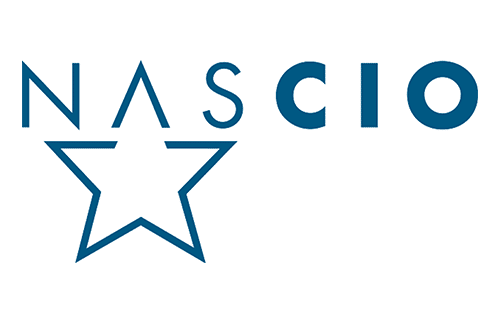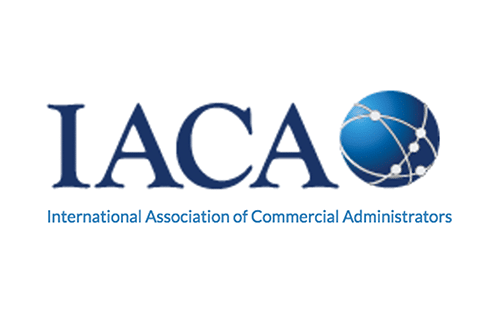Digital Form and Process Help Deliver $58 Million Worth of Critical New Pandemic Recovery Programs.
For Guilford County (N.C.), the 2021 American Rescue Plan Act (ARPA) opened up a world of possibilities. The legislation armed the county with $104 million to spend on programs new and old of its choosing designed to help constituents mitigate the impact of the COVID-19 pandemic. To make sure the county optimized these funds to the best of its ability, its leaders dedicated themselves to methodically ascertaining the area’s most pressing needs through surveys, focus groups, and community meetings, as well as conversations with other municipal corporations and internal department leaders.
Guilford’s research ultimately revealed that its top priorities were healthcare access, education, the fostering of healthy early childhood environments, broadband and digital inclusion, small businesses and the local economy, workforce development, and water and sewer initiatives. With this insight, the county was ready to solicit and evaluate proposals from community-based organizations (CBOs), nonprofits, tax-exempt organizations, municipal corporations, and internal county departments for innovative ideas on how to tackle these challenges, most of which were exacerbated by the coronavirus crisis.
- Simplified Process
- 1 Week to Implement
- $58 Million Allocated



Challenge
- Convert 15 pages’ worth of information required by ARPA into a user-friendly digital form
- Comply with federal, state, and county auditing standards
- Simplify an eight-step process entailing extensive correspondence among as many as 15 people
Solution
- “Smart” digital application form progressively reveals only relevant fields based on answers to previous questions
- Customizable fields enable collection of information specifically desired by the county and mandated by ARPA
- Workflow automation routes submissions through initial screening, preliminary risk assessment, governance, legal review, legislative review, final document preparation, funds distribution, and program follow-up
- Correspondence and supporting information archived in a central database
Results
- Program, form, and process created in one week!
- $58M allocated to healthcare, education, utilities, small business, and workforce programs
- Complex, multilayered submission evaluation completed in one month
- Groundwork laid for modern digital government

